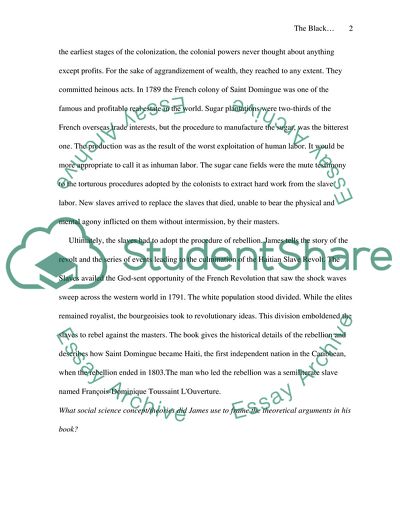Cite this document
(The Black Jacobins: Toussaint L'Ouverture and the San Domingo Assignment, n.d.)
The Black Jacobins: Toussaint L'Ouverture and the San Domingo Assignment. Retrieved from https://studentshare.org/literature/1722973-the-black-jacobins
The Black Jacobins: Toussaint L'Ouverture and the San Domingo Assignment. Retrieved from https://studentshare.org/literature/1722973-the-black-jacobins
(The Black Jacobins: Toussaint L'Ouverture and the San Domingo Assignment)
The Black Jacobins: Toussaint L'Ouverture and the San Domingo Assignment. https://studentshare.org/literature/1722973-the-black-jacobins.
The Black Jacobins: Toussaint L'Ouverture and the San Domingo Assignment. https://studentshare.org/literature/1722973-the-black-jacobins.
“The Black Jacobins: Toussaint L'Ouverture and the San Domingo Assignment”, n.d. https://studentshare.org/literature/1722973-the-black-jacobins.


